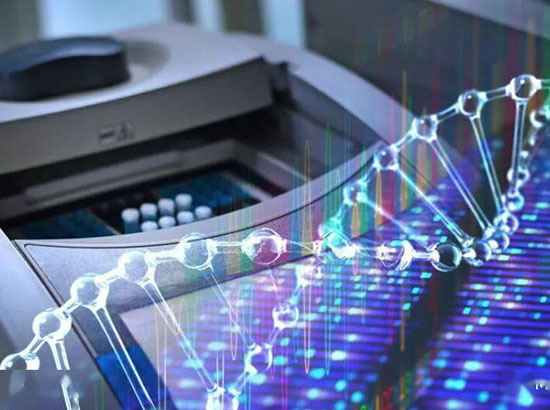Promote the advancement of biology and medicine, benefiting diagnosis and treatment
The application of optical components in biotechnology and medical instruments is extensive, covering various aspects from diagnosis to treatment.
In terms of diagnosis, the application of optical components is primarily reflected in optical imaging examinations, ophthalmic diagnosis and treatment, and optical imaging technologies. For example, optical imaging, as a non-invasive diagnostic technique, can provide high-resolution images without the use of any radioactive substances, which is significant for improving diagnostic accuracy and safety. Additionally, fluorescence labeling technology allows specific cells or tissue sites to exhibit fluorescent signals, enabling scientists to observe and study the movement and interactions of biomolecules through fluorescence microscopy, playing a crucial role in biomedical research.
In terms of treatment, the application of optical components is equally important, including laser therapy and optogenetics. Laser therapy, as a common method, can be used to treat a range of diseases such as cancer, myopia, and glaucoma. Different wavelengths of lasers can achieve different therapeutic effects; for instance, infrared lasers can penetrate the skin and be absorbed into the blood, thereby increasing cellular metabolism and promoting tissue healing. Optogenetics, on the other hand, is a technique that uses optoelectronic devices to control the activity of biological cells, offering advantages such as non-invasiveness and high spatiotemporal specificity, and has broad application prospects in biomedical research.
In biomedical engineering and drug delivery systems, optoelectronic devices are also applied in various biomedical fields, including bioimaging technology, biosensing technology, biodiagnostic technology, and biotherapeutic technology. For example, fluorescence imaging, holographic imaging, and photoacoustic imaging technologies utilize optoelectronic devices to detect the distribution of fluorescent molecules within tissues, record and reconstruct holographic information of objects, and detect acoustic signals generated by tissues absorbing light energy, respectively. These technologies play an important role in biomedical research and clinical diagnosis.
In summary, the application of optical components in biotechnology and medical instruments not only enhances diagnostic accuracy and treatment efficiency but also provides new tools and methods for research, driving rapid advancements in the field of biomedicine.

